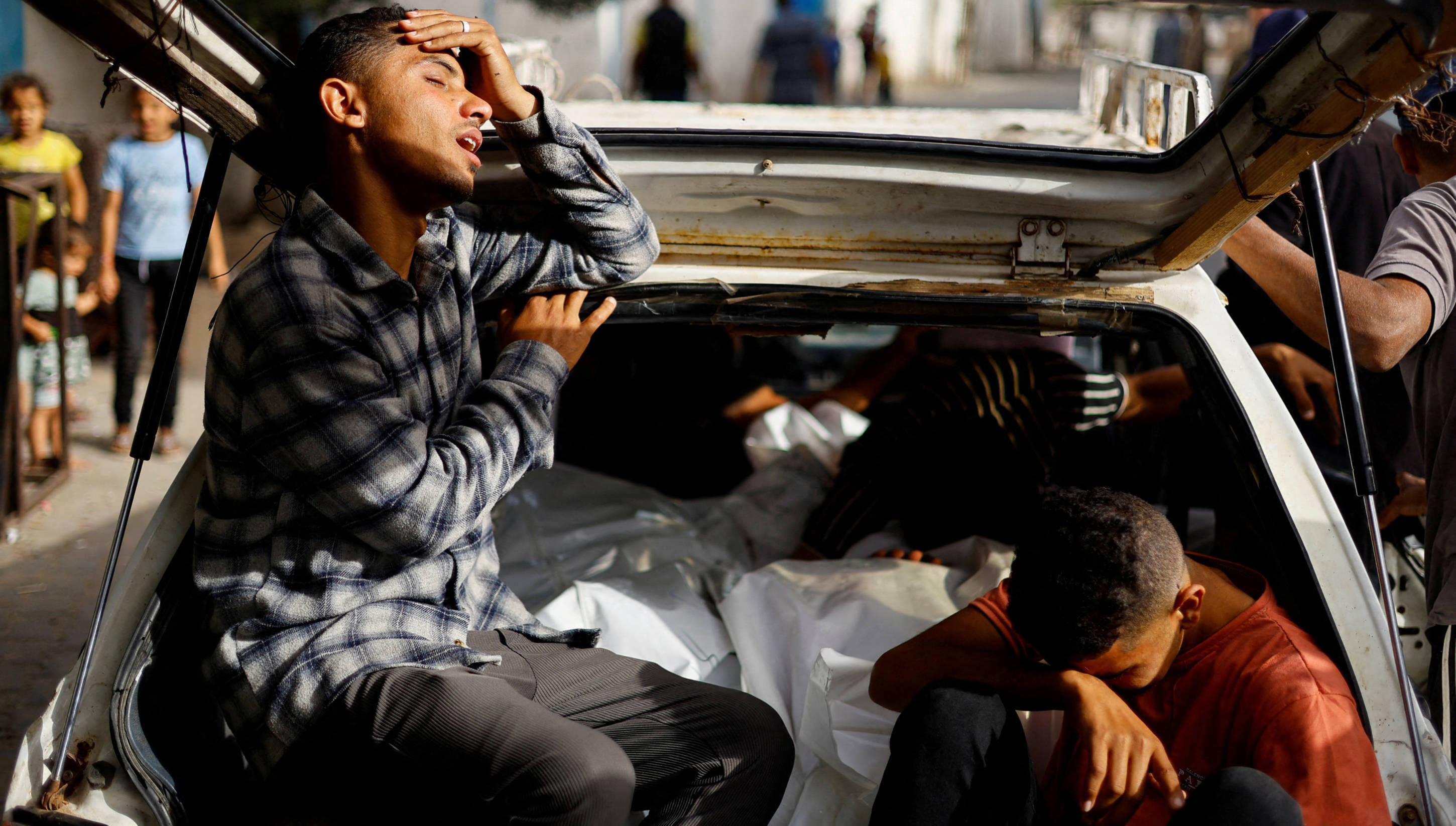Since they cannot destroy Hamas, there will never be a cease-fire.
In what kind of place will the surviving young ones of Palestine be, like in 10 years?
Will it be in a community dedicated to rebuild their existence, after war with Israel ended?
Or
Will it be a life in the underground still fighting the forces that killed their parents and family?
These are prime recruiting days.
He mixed up “hamas” and “civilians” again.
Hamas literally has the destruction of Israel in their charter and have repeatedly broken cease fires. I can understand that requirement.
Throughout the conflict much opprobrium was heaped upon the notorious 1988 Hamas Charter. This founding document calls for the liberation of all of historical Palestine and a refusal to recognise the Israeli state created therein in 1948.
Instead of interpreting these as immutable positions, one should also examine Hamas’ political practices – rather than its putative ideological tendencies. After all, dogmatic ideologies don’t lend themselves well to the demands of practical politics. And Hamas is an activist political movement grounded in temporal aims, not one prone to extensive philosophising.
So what does an analysis of Hamas’ political practices signal for the possibility of peace with Israel? What is the status of the charter?
Let’s start with the Hamas charter. This undeniably controversial document is replete with conspiracy theories and virulently anti-Judaic sentiments. Critics posit that the charter and the refusal to recognise Israel point to genocidal tendencies.
Israeli Prime Minister Benyamin Netanyahu again invoked the spectre of Nazism and anti-Semitic genocide while denouncing Hamas in an address this week to the United Nations. Netanyahu moved to tie Hamas to the West’s present bete noire – Islamic State in Iraq and Syria. We have yet to see any reports of Hamas beheading journalists, engaging in ethnic cleansing and selling women as sex slaves that might support the prime minister’s assertions.
So how instructional is the Hamas charter? Does it act as a policy document for Hamas’ present political trajectory?
Given the fixation on its charter, one could almost be forgiven for thinking that Hamas has not written a single other document or made public statements to the contrary in some 25 years of existence! The behaviour and political practices of Hamas, however, suggest a degree of pragmatism and flexibility. In a 2006 interview, for instance, Gazan PM Ismail Haniyeh stated:
> We do not wish to throw them [Jews] into the sea.Let’s not forget that the charter is a document that:
a) never went through the internal consultative process that would come to characterise the movement
b) was never implemented as policy even after Hamas won internationally supervised elections in 2006 and then seized exclusive power in Gaza during a “pre-emptive” counter-coup in June 2007 and
c) Hamas Political Bureau chief Khaled Mashal explains:
should not be regarded as the fundamental ideological frame of reference from which the movement takes its positions, or the basis on which it justifies its actions.Hamas leader Ibrahim Ghoshesh similarly observes that:
it goes without saying that the articles of the charter are not sacred … they are subject to review and revision.https://theconversation.com/why-the-hamas-charter-isnt-a-key-obstacle-to-peace-with-israel-31571
Heres a direct translation of their character. Mine is a primary source, and they want to kill all the Jewish people. https://avalon.law.yale.edu/20th_century/hamas.asp

I’m going to block this account.


